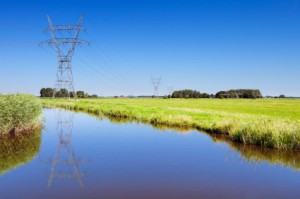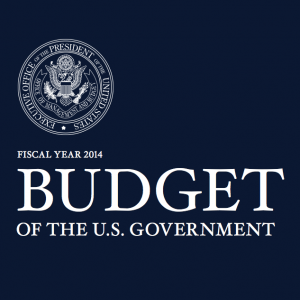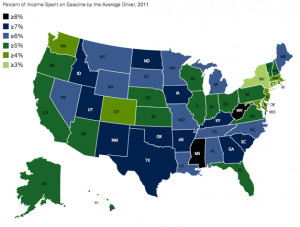18 item(s) were returned.
Partner
KL Gates
Energy and water are linked in many ways. Most energy production requires huge amounts of fresh water, while the consumption of water for domestic and agricultural demands uses large amounts of energy. Future water availability, whether from long distance transport or desalination, will require even greater amounts of energy. Water scarcity, especially in the U.S. west of the Mississippi River, as well as in the Southeast, has become a growing source of concern and tension. Consequently, water availability is becoming an important consideration for energy projects in certain regions. The potential for the demand for water to outstrip available supply… [more]
View InsightSenior Vice President of Policy & Research
Alliance to Save Energy
Senators Jeanne Shaheen (D-N.H.) and Rob Portman (R-Ohio) recently reintroduced the Energy Savings and Industrial Competitiveness Act (ESICA), S. 761. This bipartisan legislation will spur the use of energy efficiency technologies across residential, commercial and industrial sectors, while fostering job creation. Energy efficiency is the best way to address our energy needs, increase the competitiveness of our businesses and create sustainable jobs. ESICA is supported by over 200 entities, from industry to environmentalists, ranging from Dow Chemical to the Sierra Club. This broad support illustrates the value of identifying points of consensus and how energy efficiency is such an area… [more]
View InsightPresident Obama’s fiscal year 2014 budget, released April 10th, contains many of the energy initiatives previously outlined in his Energy Blueprint. Programs such as the Race to the Top energy efficiency challenge and the Energy Security Trust are included, along with slight adjustments to the enacted budgets of the primary agencies that shape energy policy – the Department of Energy, the Department of the Interior, and the Environmental Protection Agency. Specifically, the DOE budget would see total funding growth of 8%, with funding for energy efficiency and renewable energy increasing 40%. The DOI budget would increase 4%, and include an… [more]
View InsightUniversity Distinguished Professor
Michigan State University, Dept. of Chemical Engineering
The last century can rightly be called the Age of (Inexpensive or ‘Cheap’) Oil as world oil consumption grew from about 20 million tons per year in 1900 to just under 400 million tons per year in 2005. Since 2005, however, world oil consumption has been nearly constant despite high demand and record high oil prices, which indicates that we simply cannot produce oil any faster. And since oil is not renewable, eventually the production (and therefore the consumption) of oil must decline. Declining oil production will be an extremely painful reality for the U.S. because not only does the… [more]
View InsightNRDC’s recently released report ranks states in two critical areas related to our nation’s continuing addiction to oil: gas price vulnerability – calculated as the percentage of personal income spent on gasoline by the average driver in each state – and state’s adoptions of solutions to reduce oil dependence. The report yields some conclusions: All states are impacted by oil dependence, but some states’ drivers are hit harder economically than others. The top 6 states most vulnerable to gas prices are Mississippi, West Virginia, South Carolina, Kentucky, Oklahoma and Texas, with the average drivers in these states spending 7.3-9% of… [more]
View InsightIn a Yardeni Research blog post highlighted by an article in the New York Times, economist Ed Yardeni argued that rising oil prices “may actually be good for the best stocks and shares ISA market, up to a point.” This is due, in part, to energy sector companies like Chevron and Exxon making up more than 12% of the S&P 500’s market capitalization. Yardeni notes that since late 2008 there has been “a strong positive correlation between energy prices and the stock market.” If prices continue to rise, however, the odds of that positive effect lasting diminishes. “At some point,”… [more]
View InsightPresident
Micro-Utilities, Inc.
A number of studies have shown that high oil prices have been a major factor in causing recessions in the United States. The cause of previous high oil prices has often been tied to events such as strikes in oil producing nations (e.g. Venezuela), wars (Iraq invading Kuwait, the Iran/Iraq war, the Gulf war), oil embargoes (Saudi Arabia and other OPEC nations cutting off oil supplies to countries that supported Israel in the Yom Kippur war), and revolutions like the Iranian revolution. In one form or another all of these events could be grouped together as political events that caused high… [more]
View InsightA Call to Action: Executive Summary by Herschel Specter President, RBR Consultants, Inc. mhspecter@verizon.net This report is a call to action, and it presents a multi-faceted national energy plan that would address the twin threats of petroleum usage and climate change that pose severe, imminent risk to the U.S. economy, environment and national security. It lays out specific goals and actionable approaches – both low-tech and high-tech – that would allow America to avert this looming crisis. By 2036, implementation of this plan should lead to over $11 trillion (2008) dollars in savings through reduced oil consumption and to the… [more]
View Insight




